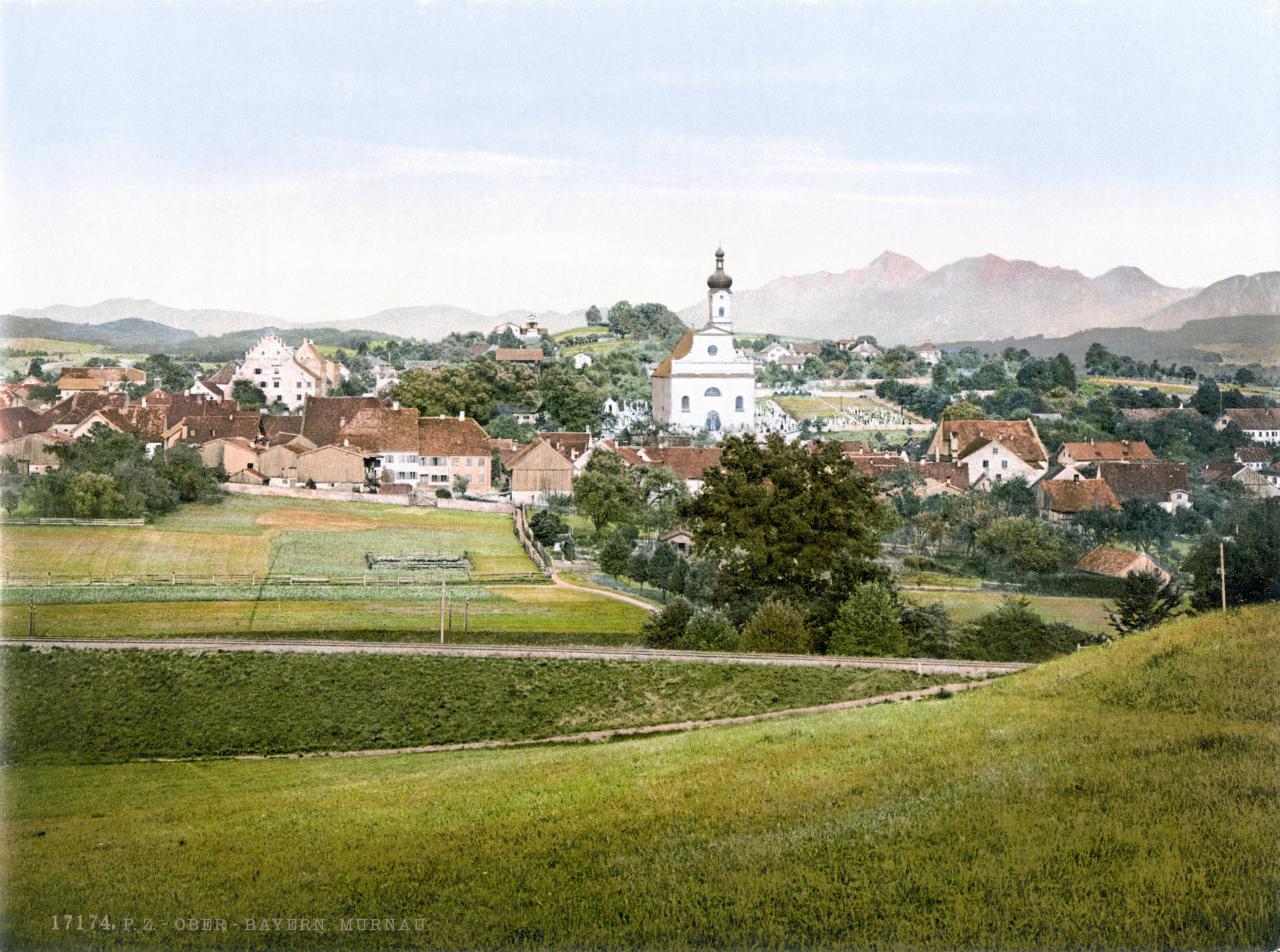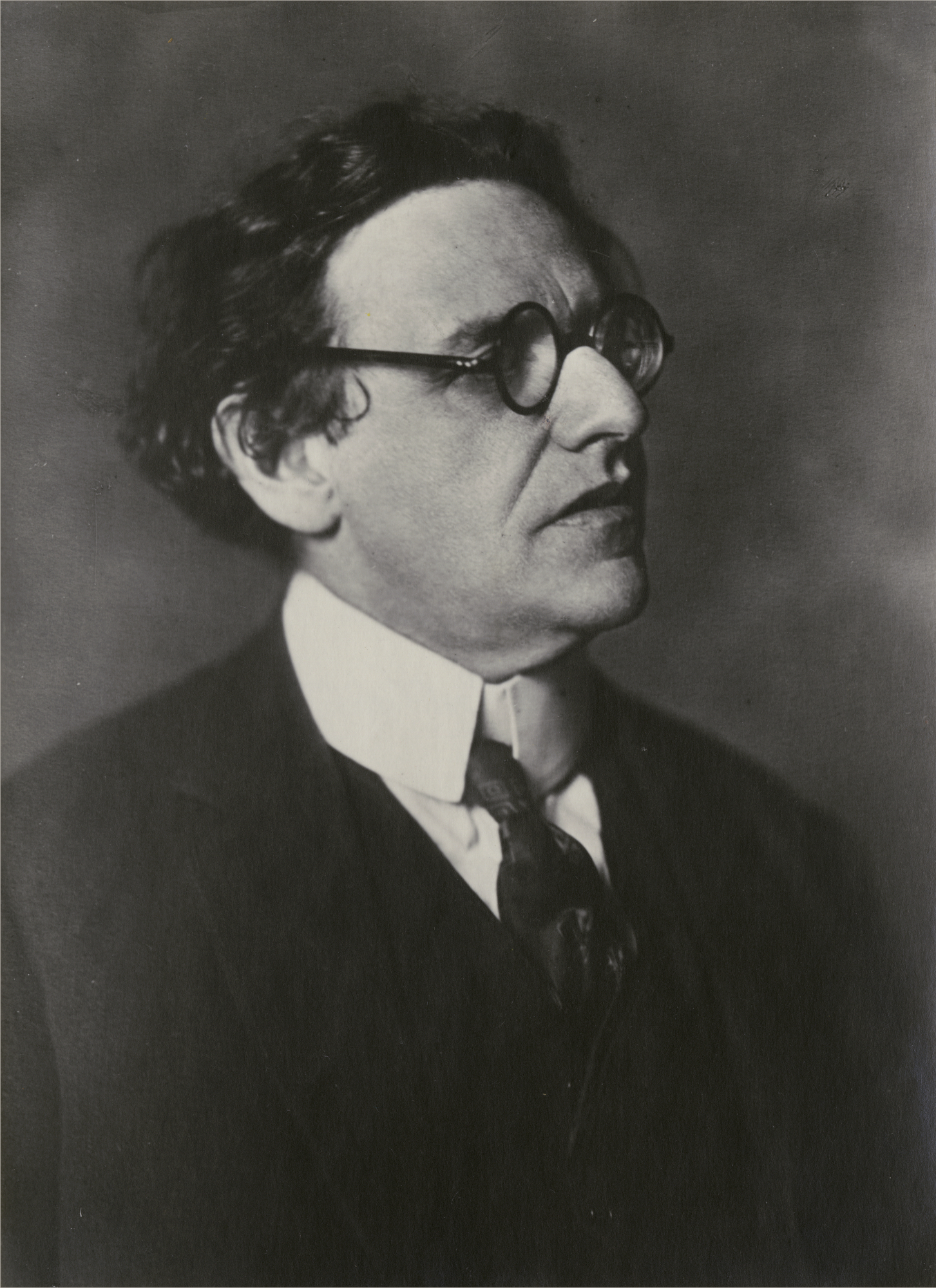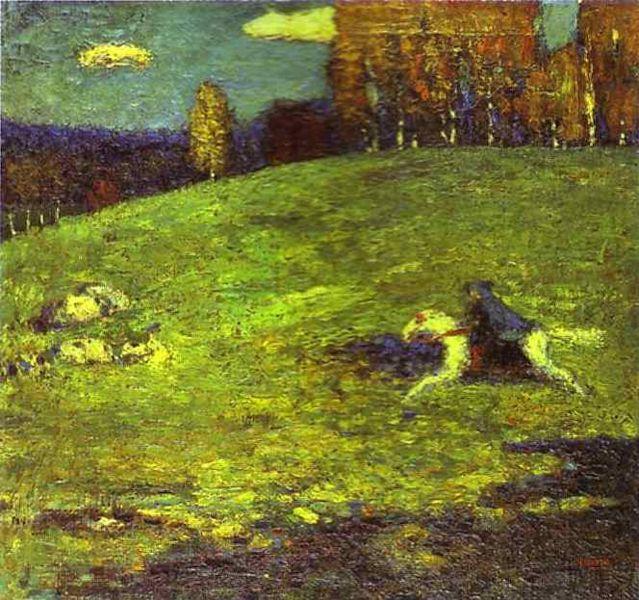|
Landscape With Red Spots (Kandinsky)
''Landscape with Red Spots '' was the name given to each of two successive oil paintings produced in Bavaria in 1913 by the Russian émigré painter Wassily Kandinsky. The first is now in the Museum Folkwang in Essen, Germany. The second, known as ''Landscape with Red Spots, No 2'' (see picture at right), is in the Peggy Guggenheim Collection in Venice, Italy. Between 1909 and the beginning of World War I, Kandinsky and his female companion, the painter Gabriele Münter, spent their summers in Murnau am Staffelsee on the edge of the Bavarian Alps. The village church of St Nikolaus and its prominent round tower feature several times in landscape paintings executed by the artist during his time there. As Kandinsky's style evolved over the period into abstract expressionism the images of the church and its surroundings became gradually less figurative and more abstract. Description In both the pictures concerned here, which are very similar in composition but different in size, th ... [...More Info...] [...Related Items...] OR: [Wikipedia] [Google] [Baidu] |
Wassily Kandinsky
Wassily Wassilyevich Kandinsky (; rus, Василий Васильевич Кандинский, Vasiliy Vasilyevich Kandinskiy, vɐˈsʲilʲɪj vɐˈsʲilʲjɪvʲɪtɕ kɐnʲˈdʲinskʲɪj; – 13 December 1944) was a Russian painter and art theorist. Kandinsky is generally credited as one of the pioneers of abstraction in western art, possibly after Hilma af Klint. Born in Moscow, he spent his childhood in Odessa, where he graduated at Grekov Odessa Art School. He enrolled at the University of Moscow, studying law and economics. Successful in his profession—he was offered a professorship (chair of Roman Law) at the University of Dorpat (today Tartu, Estonia)—Kandinsky began painting studies (life-drawing, sketching and anatomy) at the age of 30. In 1896, Kandinsky settled in Munich, studying first at Anton Ažbe's private school and then at the Academy of Fine Arts. He returned to Moscow in 1914, after the outbreak of World War I. Following the Russian Revolu ... [...More Info...] [...Related Items...] OR: [Wikipedia] [Google] [Baidu] |
Peggy Guggenheim Collection
The Peggy Guggenheim Collection is an art museum on the Grand Canal in the Dorsoduro ''sestiere'' of Venice, Italy. It is one of the most visited attractions in Venice. The collection is housed in the , an 18th-century palace, which was the home of the American heiress Peggy Guggenheim for three decades. She began displaying her private collection of modern artworks to the public seasonally in 1951. After her death in 1979, it passed to the Solomon R. Guggenheim Foundation, which opened the collection year-round from 1980. The collection includes works of prominent Italian futurists and American modernists working in such genres as Cubism, Surrealism and abstract expressionism. It also includes sculptural works. In 2017, Karole Vail, a granddaughter of Peggy Guggenheim, was appointed Director of the collection, succeeding Philip Rylands, who led the museum for 37 years. Collection The collection is principally based on the personal art collection of Peggy Guggenheim, a forme ... [...More Info...] [...Related Items...] OR: [Wikipedia] [Google] [Baidu] |
Museum Folkwang
Museum Folkwang is a major collection of 19th- and 20th-century art in Essen, Germany. The museum was established in 1922 by merging the Essener Kunstmuseum, which was founded in 1906, and the private Folkwang Museum of the collector and patron Karl Ernst Osthaus in Hagen, founded in 1902. The term ''Folkwang'' derives from the name of the afterlife meadow of the dead, Fólkvangr, presided over by the Norse goddess Freyja. Museum Folkwang incorporates the Deutsche Plakat Museum (German poster museum), comprising circa 340,000 posters from politics, economy and culture. During a visit in Essen in 1932, Paul J. Sachs called the Folkwang "the most beautiful museum in the world." In 2007, David Chipperfield designed an extension, which was built onto the older building. History Museum Folkwang in the Nazi era , director of the museum in the 1920s and 1930s, and earlier directors, had made the museum's collection of modern art into one of the leading collections in the worl ... [...More Info...] [...Related Items...] OR: [Wikipedia] [Google] [Baidu] |
Gabriele Münter
Gabriele Münter (19 February 1877 – 19 May 1962) was a German expressionist painter who was at the forefront of the Munich avant-garde in the early 20th century. She studied and lived with the painter Wassily Kandinsky and was a founding member of the expressionist group ''Der Blaue Reiter.'' Early life Münter was born to upper middle-class parents in Berlin on 19 February 1877. Her family supported her desires to become an artist. Her father died in 1886. She began to draw as a child. As she was growing up, she had a private tutor. In 1897, at the age of twenty, Münter received artistic training in the Düsseldorf studio of artist Ernst Bosch and later at the Damenschule (Women's School) with artist Willy Spatz. By the time she was 21 years old, both of her parents had died and she was living at home with no occupation. In 1898, she decided to take a trip to America with her sister to visit extended family. They stayed in America for more than two years, mainly in the sta ... [...More Info...] [...Related Items...] OR: [Wikipedia] [Google] [Baidu] |
Murnau Am Staffelsee
Murnau am Staffelsee is a market town in the district of Garmisch-Partenkirchen, in the Oberbayern region of Bavaria, Germany. The market originated in the 12th century around Murnau Castle. Murnau is on the edge of the Bavarian Alps, about south of Munich. Directly to its west is the Staffelsee lake and to the south are the peaks and ridges of the Ammergau Alps beginning with the Hörnle and extending up to the Ettaler Manndl, southwest of the Wetterstein. This mountain range is formed by the Zugspitze and the Alpspitze in the south as well as the Estergebirge with their striking Kistenkar and the Walchensee mountains including Heimgarten and Herzogstand in the southeast. To the south, the Murnauer Moos is the largest continuous wetland of its kind in Central Europe. History The area around Murnau was already settled in pre-Christian times. From the reign of Septimius Severus, a Roman road called Via Raetia led above the Brenner Pass and Seefeld Saddle through the upper Isar- ... [...More Info...] [...Related Items...] OR: [Wikipedia] [Google] [Baidu] |
Kandinsky - Landscape With Red Spots, 1913
Wassily Wassilyevich Kandinsky (; rus, Василий Васильевич Кандинский, Vasiliy Vasilyevich Kandinskiy, vɐˈsʲilʲɪj vɐˈsʲilʲjɪvʲɪtɕ kɐnʲˈdʲinskʲɪj; – 13 December 1944) was a Russian painter and art theorist. Kandinsky is generally credited as one of the pioneers of abstraction in western art, possibly after Hilma af Klint. Born in Moscow, he spent his childhood in Odessa, where he graduated at Grekov Odessa Art School. He enrolled at the University of Moscow, studying law and economics. Successful in his profession—he was offered a professorship (chair of Roman Law) at the University of Dorpat (today Tartu, Estonia)—Kandinsky began painting studies (life-drawing, sketching and anatomy) at the age of 30. In 1896, Kandinsky settled in Munich, studying first at Anton Ažbe's private school and then at the Academy of Fine Arts. He returned to Moscow in 1914, after the outbreak of World War I. Following the Russia ... [...More Info...] [...Related Items...] OR: [Wikipedia] [Google] [Baidu] |
Karl Wolfskehl
Karl Wolfskehl (17 September 1869 – 30 June 1948) was a German Jewish author and translator. He wrote poetry, prose and drama in German, and translated from French, English, Italian, Hebrew, Latin and Old/Middle High German into German. Biography Wolfskehl's family had a long history in Germany. During the 10th century, one of his ancestors, a rabbi, had emigrated to Germany from Italy with the Holy Roman Emperor Otto II. Wolfskehl's ancestors then settled in Mainz, where they lived for the next thousand years. Karl Wolfskehl was born in Darmstadt, Germany, the son of the banker and politician . He studied Germanic languages and philology and a range of humanities courses in Giessen, Leipzig and Berlin. Under Otto Behaghel, he gained a PhD with a dissertation on a topic in German mythology. In 1898 he married Hanna de Haan (1878-1946), daughter of the Dutch conductor at the Grand Ducal court theatre at Darmstadt. They had two daughters, Judith (born 1899) and Renate (bor ... [...More Info...] [...Related Items...] OR: [Wikipedia] [Google] [Baidu] |
List Of Paintings By Wassily Kandinsky
This is an incomplete list of paintings by the Russian artist Wassily Kandinsky (1866–1944). During his life, Kandinsky was associated with the art movements of Der Blaue Reiter, Expressionism and Abstract art, Abstract painting. Kandinsky is generally credited as the pioneer of abstract art. After settling in Munich in 1896, Kandinsky formed ''Der Blaue Reiter'' with Paul Klee, Franz Marc and Gabriele Münter among others. He returned to Moscow in 1914, after the outbreak of World War I, though left after the Russian Revolution as "his spiritual outlook... was foreign to the argumentative materialism of Soviet society". He returned to Germany and taught at the Bauhaus school of art and architecture from 1922 until the Nazis closed it in 1933. He then moved to France, where he lived for the rest of his life, becoming a French citizen in 1939 and producing some of his most prominent art. Paintings Museums *Albertina, Vienna *Art Institute of Chicago *Baltimore Museum of Art *B ... [...More Info...] [...Related Items...] OR: [Wikipedia] [Google] [Baidu] |
1913 Paintings
Events January * January 5 – First Balkan War: Battle of Lemnos – Greek admiral Pavlos Kountouriotis forces the Turkish fleet to retreat to its base within the Dardanelles, from which it will not venture for the rest of the war. * January 13 – Edward Carson founds the (first) Ulster Volunteer Force, by unifying several existing loyalist militias to resist home rule for Ireland. * January 23 – 1913 Ottoman coup d'état: Ismail Enver comes to power. * January – Stalin (whose first article using this name is published this month) travels to Vienna to carry out research. Until he leaves on February 16 the city is home simultaneously to him, Hitler, Trotsky and Tito alongside Berg, Freud and Jung and Ludwig and Paul Wittgenstein. February * February 1 – New York City's Grand Central Terminal, having been rebuilt, reopens as the world's largest railroad station. * February 3 – The 16th Amendment to the United States Constitution ... [...More Info...] [...Related Items...] OR: [Wikipedia] [Google] [Baidu] |
Paintings By Wassily Kandinsky
Painting is the practice of applying paint, pigment, color or other medium to a solid surface (called the "matrix" or "support"). The medium is commonly applied to the base with a brush, but other implements, such as knives, sponges, and airbrushes, can be used. In art, the term ''painting ''describes both the act and the result of the action (the final work is called "a painting"). The support for paintings includes such surfaces as walls, paper, canvas, wood, glass, lacquer, pottery, leaf, copper and concrete, and the painting may incorporate multiple other materials, including sand, clay, paper, plaster, gold leaf, and even whole objects. Painting is an important form in the visual arts, bringing in elements such as drawing, composition, gesture (as in gestural painting), narration (as in narrative art), and abstraction (as in abstract art). Paintings can be naturalistic and representational (as in still life and landscape painting), photographic, abstract, narrative, s ... [...More Info...] [...Related Items...] OR: [Wikipedia] [Google] [Baidu] |
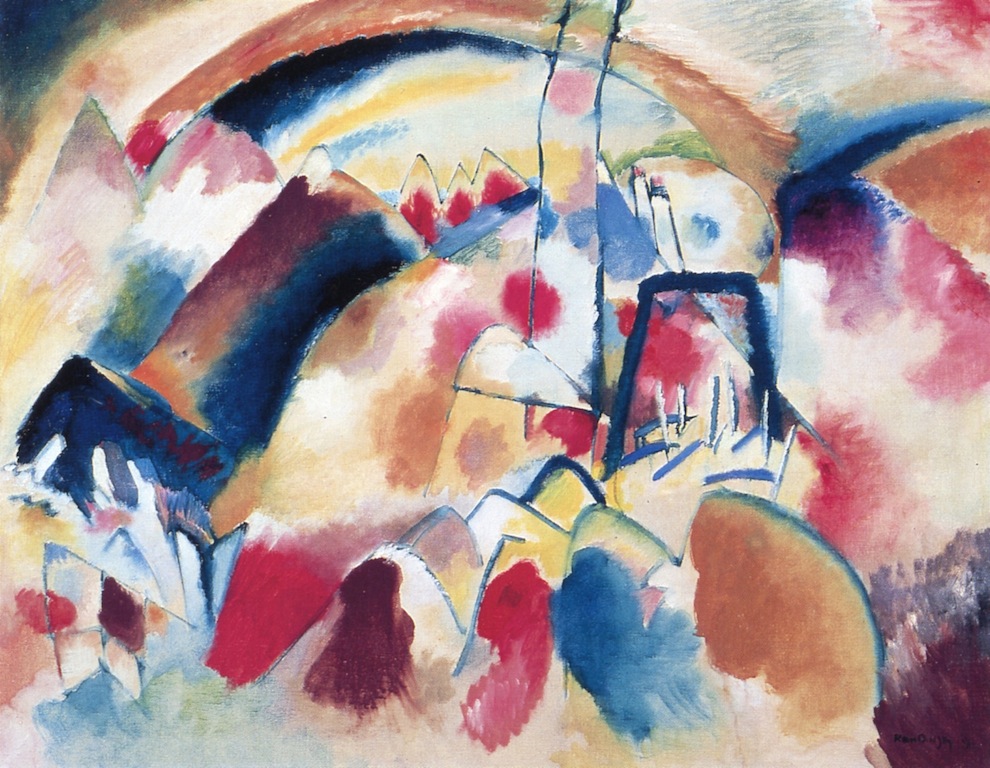

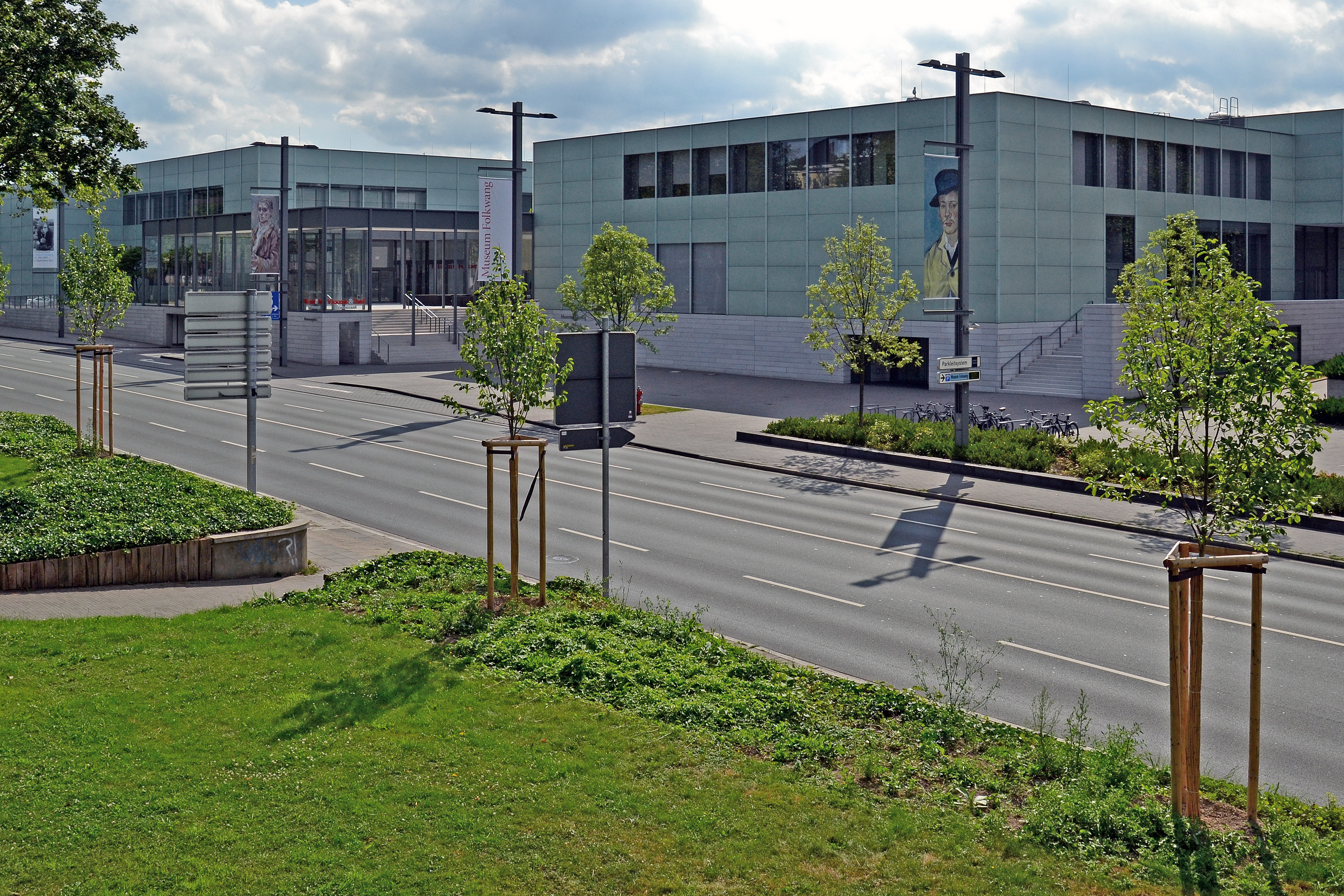
.jpg)
